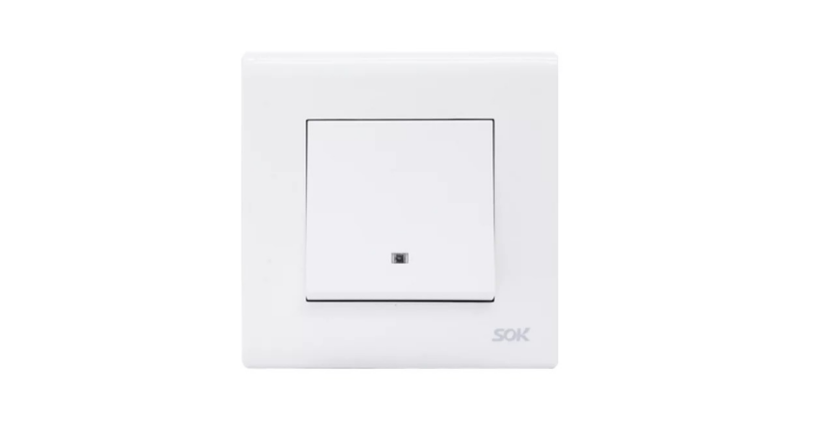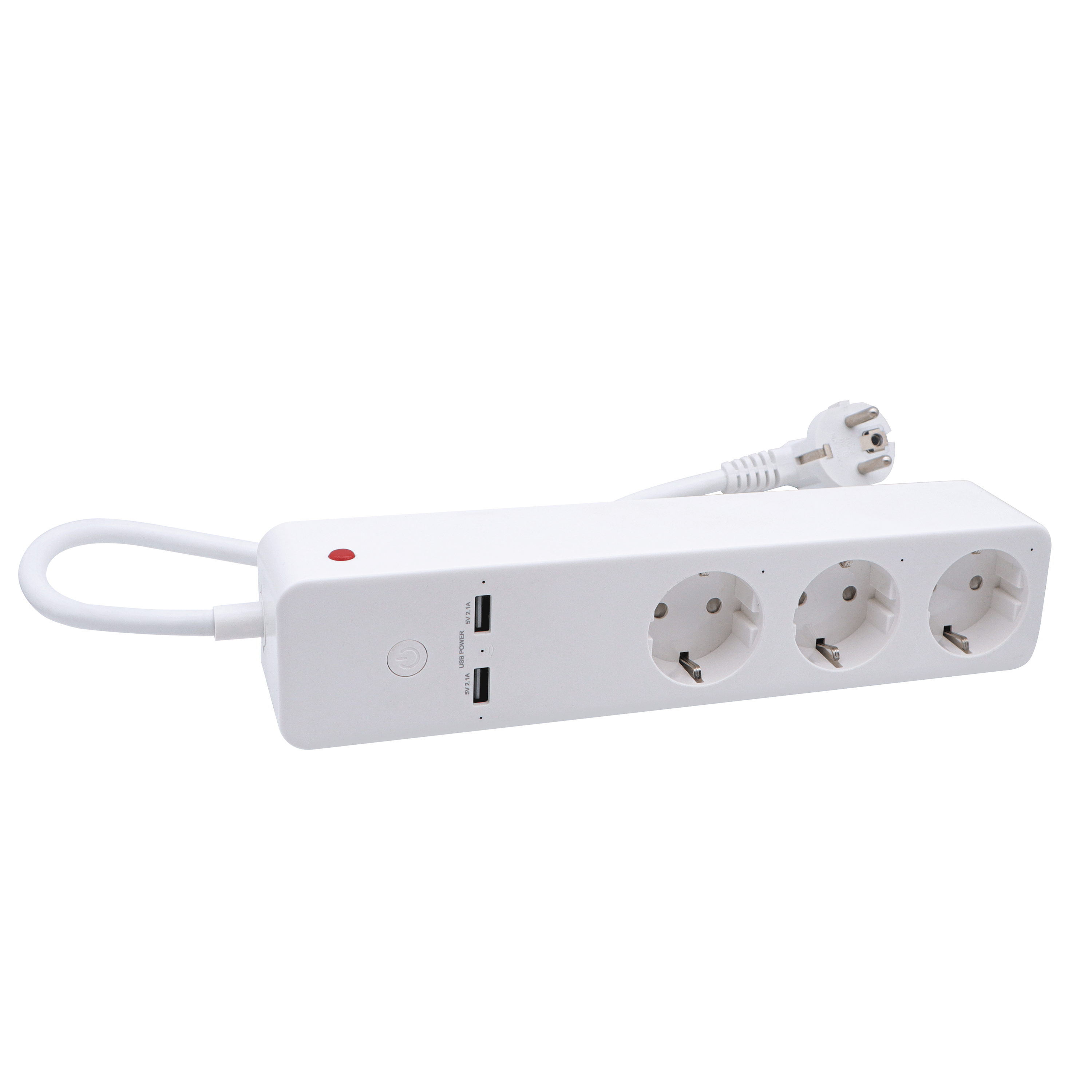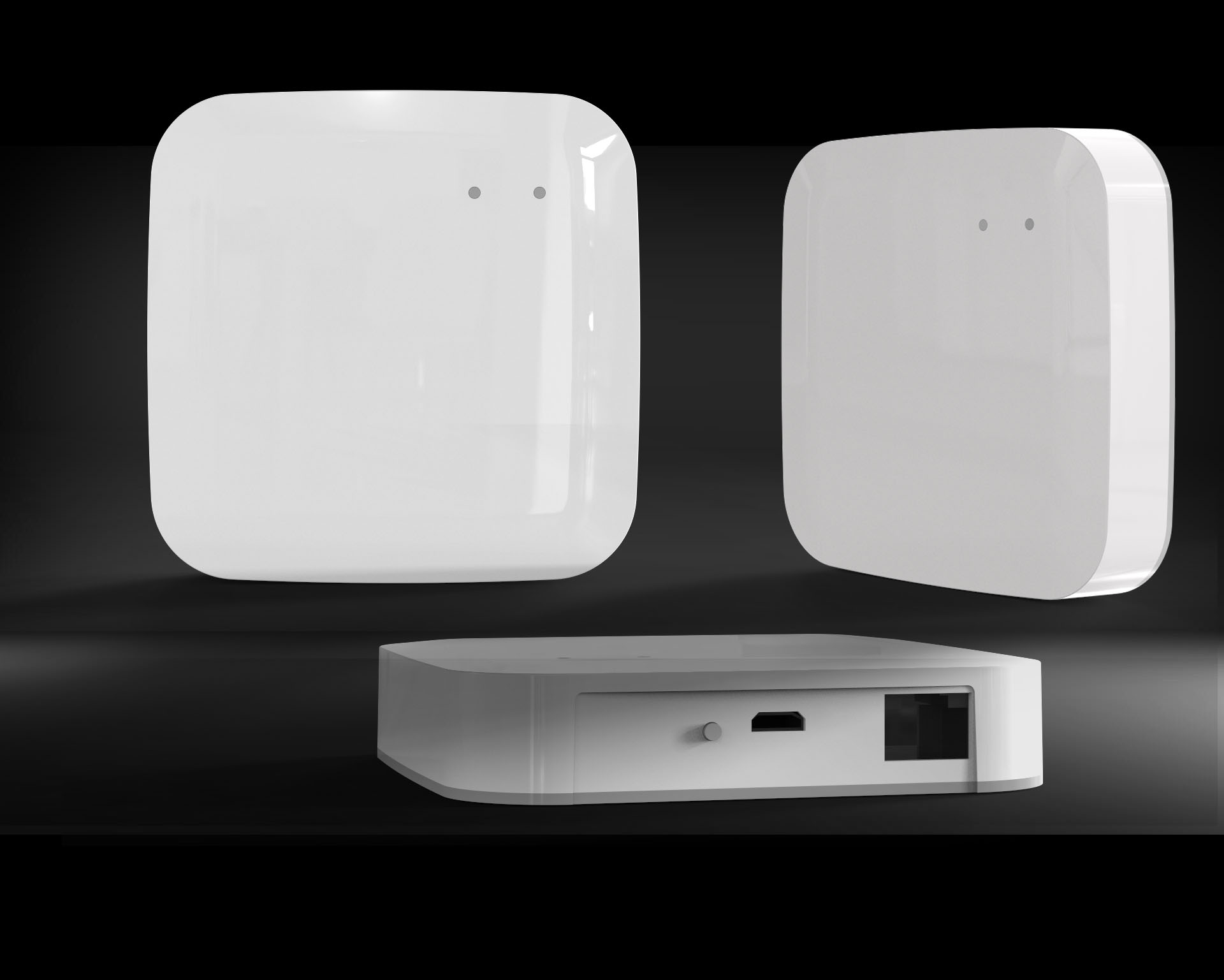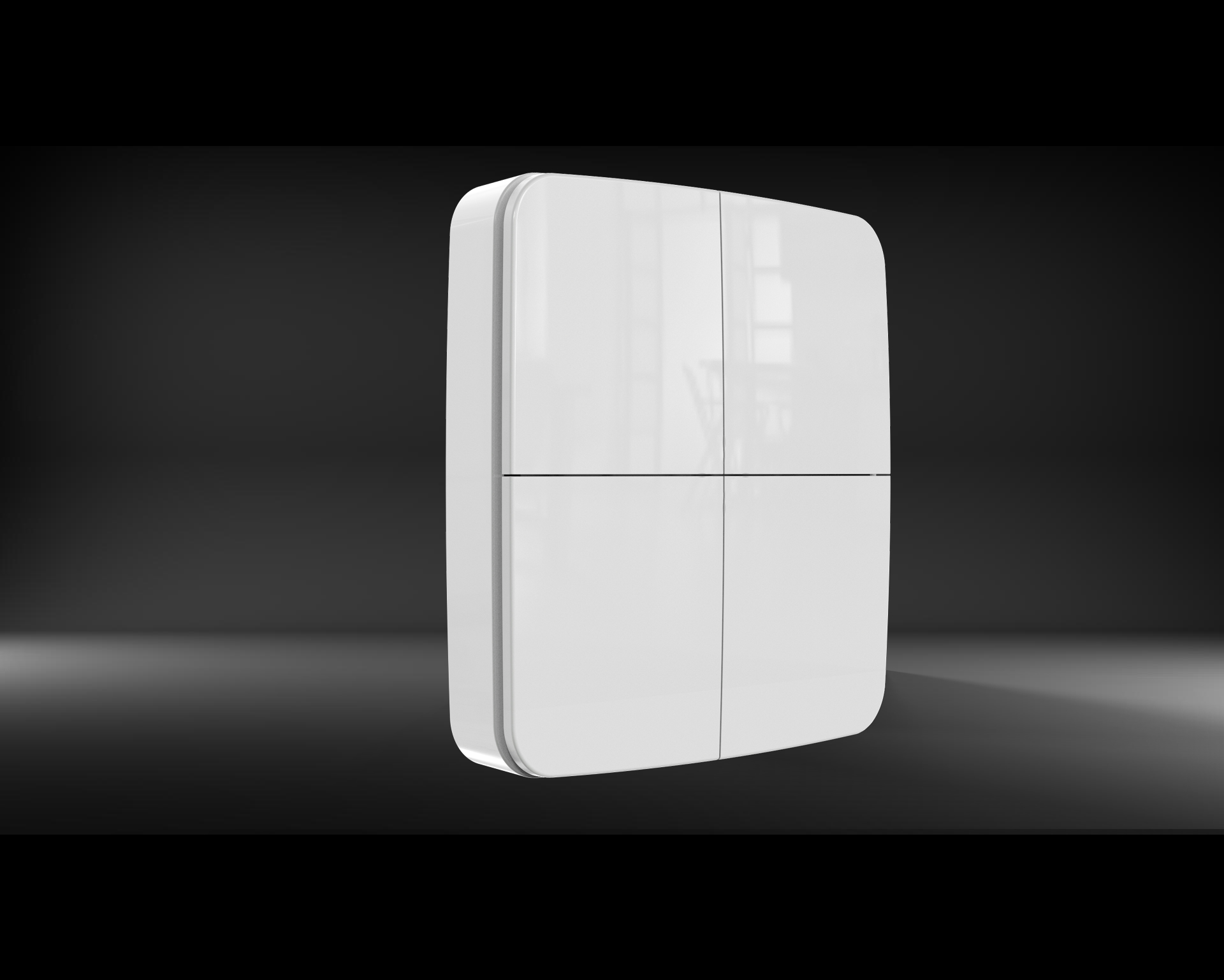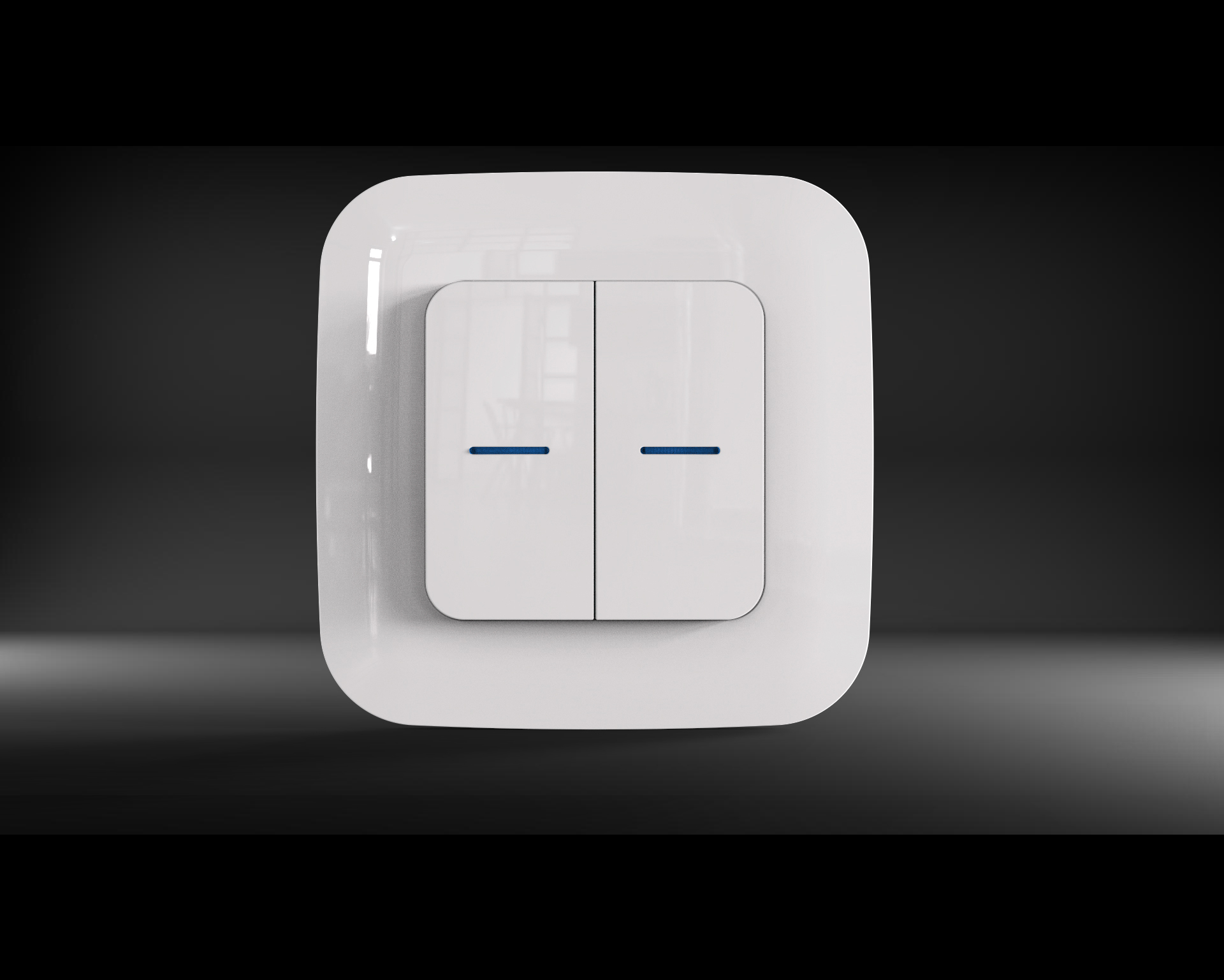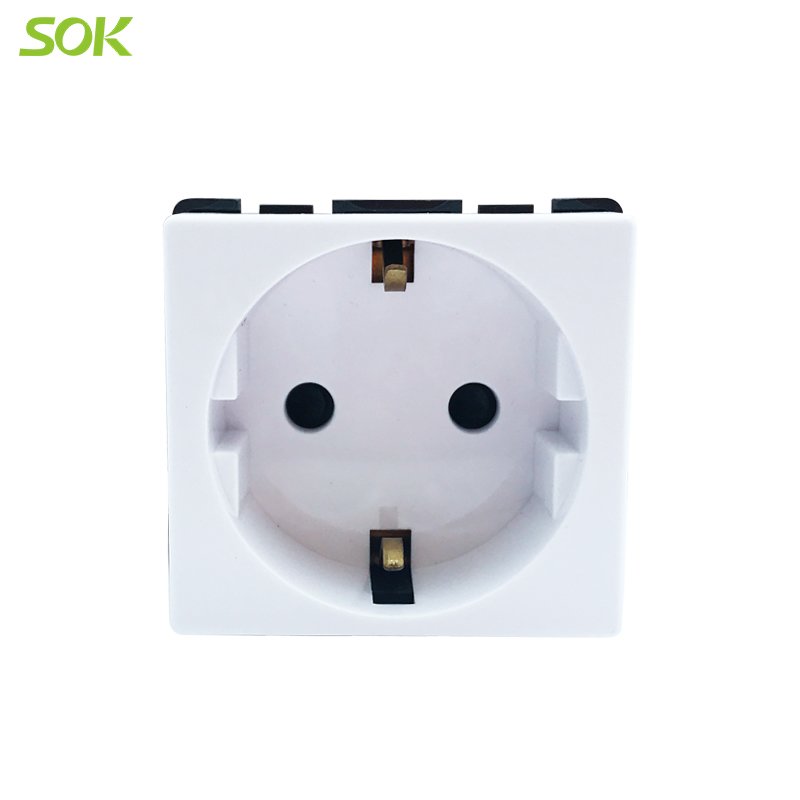A one-way light switch, also known as a single-pole switch, is a simple electrical device used to control the flow of electricity to a light fixture or an electrical appliance. It allows you to turn the light or appliance on or off from a single location.
The basic principle behind a one-way light switch is the interruption or completion of an electrical circuit. Inside the switch, there are two terminals, usually labeled as "common" and "switched." The common terminal is where the power source (typically the live wire) is connected, while the switched terminal is connected to the light fixture or appliance.
When the switch is in the "on" position, the common terminal and the switched terminal are electrically connected, creating a complete circuit. This allows the electricity to flow from the power source to the light fixture, turning it on. In the "off" position, the common terminal and the switched terminal are disconnected, breaking the circuit and stopping the flow of electricity. As a result, the light fixture or appliance remains off.
To physically control the switch, there is usually a lever or toggle that can be flipped up or down. Flipping the switch up or pushing the lever to the "on" position connects the common and switched terminals, turning the light or appliance on. Flipping the switch down or pushing the lever to the "off" position disconnects the terminals, turning the light or appliance off.
It's important to note that a one-way light switch can only control the power to a single light fixture or appliance from one location. If you want to control the same light or appliance from multiple locations, you would need to use additional switches, such as two-way or three-way switches, which provide that functionality.
